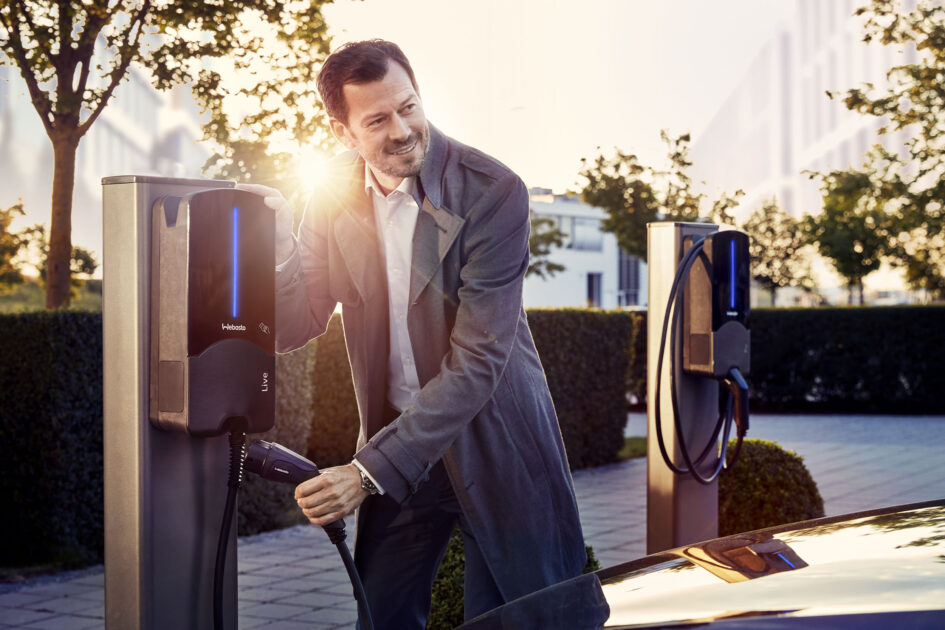Just a few months ago employees at companies across the globe were clocking up the miles visiting customers, attending meetings, conferences and delivering orders.
Fast forward to now, and the landscape is very different, Zoom and Teams are still our primary tool for working and meeting up with customers and colleagues. But, as we return to a more familiar way of working, those necessary and desirable workplace miles will begin to take place again. Many of our tasks and the relationships that we have built benefit and prosper from the face to face contact and their importance can and, should not ever be underestimated.
So, as we plan to take to the roads once more and continue those important business relationships, deliver goods, resume vital repairs and maintenance across a variety of sectors and industries, now is the perfect time to take a look at the way your company cars or vehicle fleet is managed and how EVs could be integrated into them.
What is your fleet used for?
Are your company cars used for sales executives that do lots of motorway miles? Are they delivery and service vans that operate regionally? Or, are they part of an employment package for senior managers and directors?
Once these points have been considered and the essential and desirable criteria established for all your company vehicles, it’s worth noting that there is a quiet revolution taking place. EVs are becoming more and more popular with a little over 10% of all new car registrations attributed to the alternative fuel market.
In addition, the public charging network is growing. Home charging points are popping up and becoming the new front of house accessory. People are proud to own EVs and are not afraid to talk about them. So, what are you and your company doing to continue to enhance perception and join a growing network of drivers and fleet managers who are discovering the environmental and financial benefits of owning EVs?
How can EVs integrate into your fleet for a seamless transition?
Perhaps one simple way to make a smooth transition is to amend the company car policy or fleet vehicle commitment to either offer, or eventually only provide, EV options. For delivery vans and vehicles, depending upon the size and mileage requirements this can be easily done as there is no personal choice involved if employees drive to work and then pick up their vehicle for their shift and then return it at the end of the working day. For company car drivers – where they have always had a choice of more than one vehicle type – it is perhaps time to re-educate them as to the financial benefits that can be reaped from owning an EV (we have written a blog about this too) as well as the environmental ones. That said, if it becomes company policy that all newly purchased cars are now EVs, and that the necessary charging infrastructure is provided, then it’s a great way to drive forward the nations attitude and perception of EVs, whilst supporting your company’s commitment to driving down emissions.
What financial and employee benefits could they bring?
50% of all new vehicle sales in the UK are attributed to fleet or company vehicles and this has prompted some changes to company car tax that make choosing an EV more attractive than ever.
As you may know, individuals have always paid tax on the benefit of having such a vehicle. Known as Benefit-in-kind (BIK) the tax has been calculated on the value of the car, the tax band that the driver is in and the amount of CO2 that the car emits.
The way that this CO2 has been measured has now changed and, from the 6th April this year, a number of changes were made that accounted for those vehicles that had higher carbon dioxide (CO2) emission results from the Worldwide Harmonised Light Vehicle Test Procedure (WLTP) that all new cars are now subject to.
By using this new mandatory testing data, HM Treasury has revised the tables to tax more heavily those cars that are not deemed to be as environmentally friendly. Therefore, to ‘reward’ company car drivers who choose an electric or hybrid vehicle, a 0% CCT rate will be applicable to cars with a zero-emission range of at least 130 miles. This will increase 1% in 2022/22 and one more in 2022/23 – thereafter nothing has been agreed.
From a fleet perspective, the overall running costs are reduced, some by as much as 30%. And, whilst the overall investment is higher, the maintenance is generally more cost effective. Furthermore, it puts a massive tick in the efforts of the business to become more sustainable. Who knows what changes may occur in the future that impose further costs on businesses who are reluctant to make the change? Surely, it’s better to be ahead of the game, set a trend for other business and an example to your staff, showing them that EV motoring is the future and it’s here to stay.
For further information about Webasto EV chargers visit hhttps://charging.webasto.com/en-uk/


Leave a Reply
You must be logged in to post a comment.